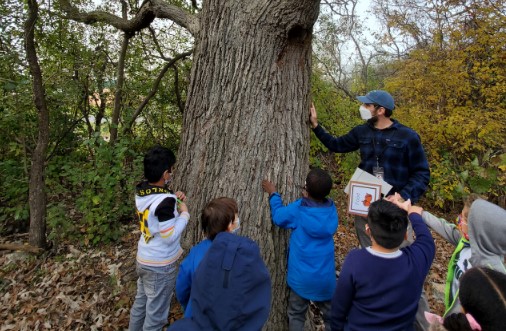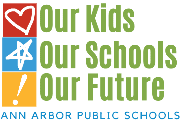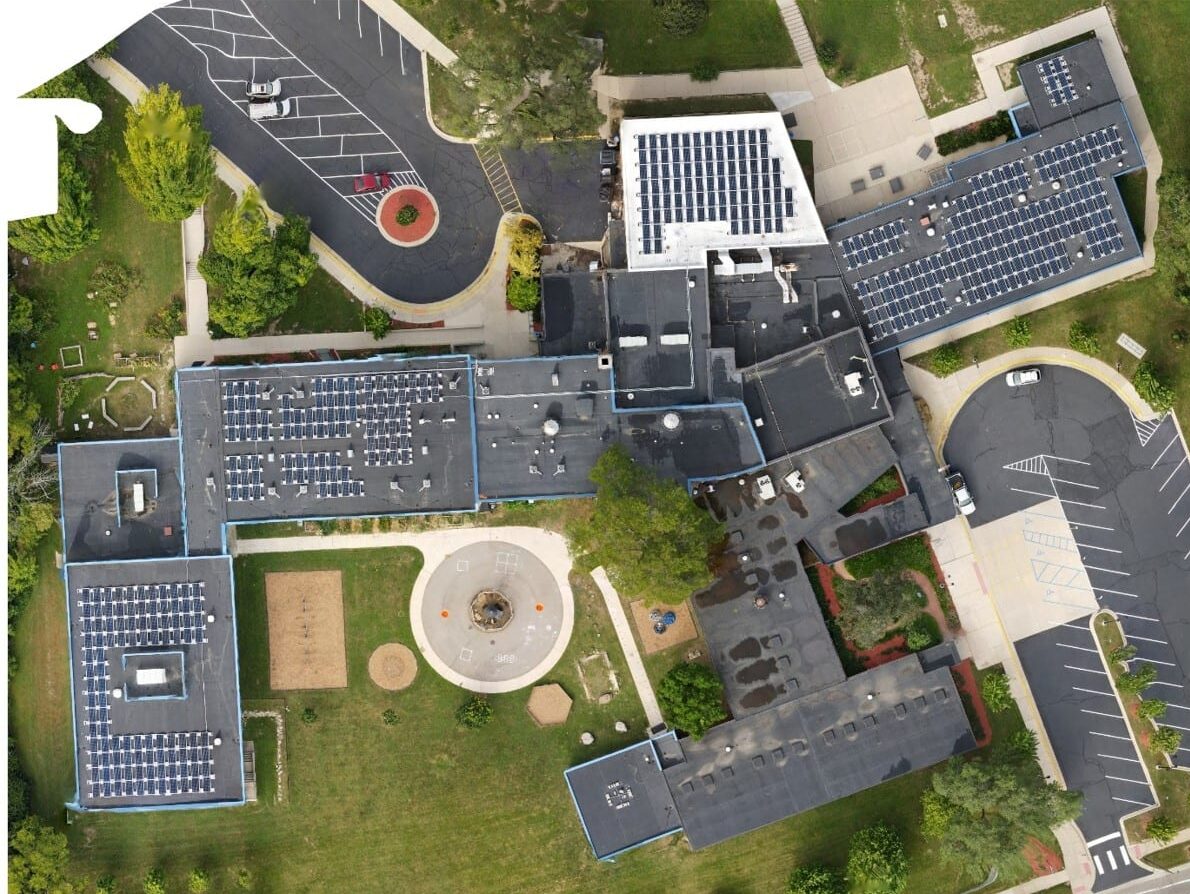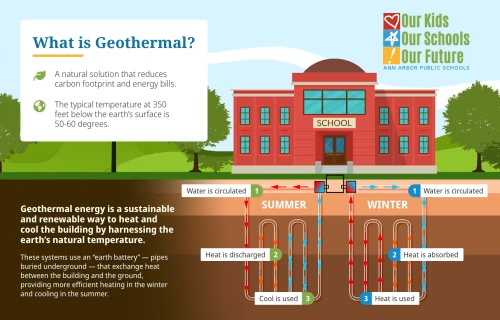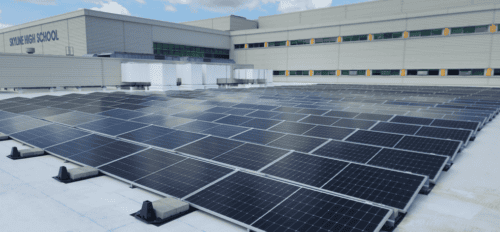Through the Capital Bonds program, Ann Arbor Public Schools is leading innovative projects that support the district’s sustainability goals while promoting environmental awareness among students.
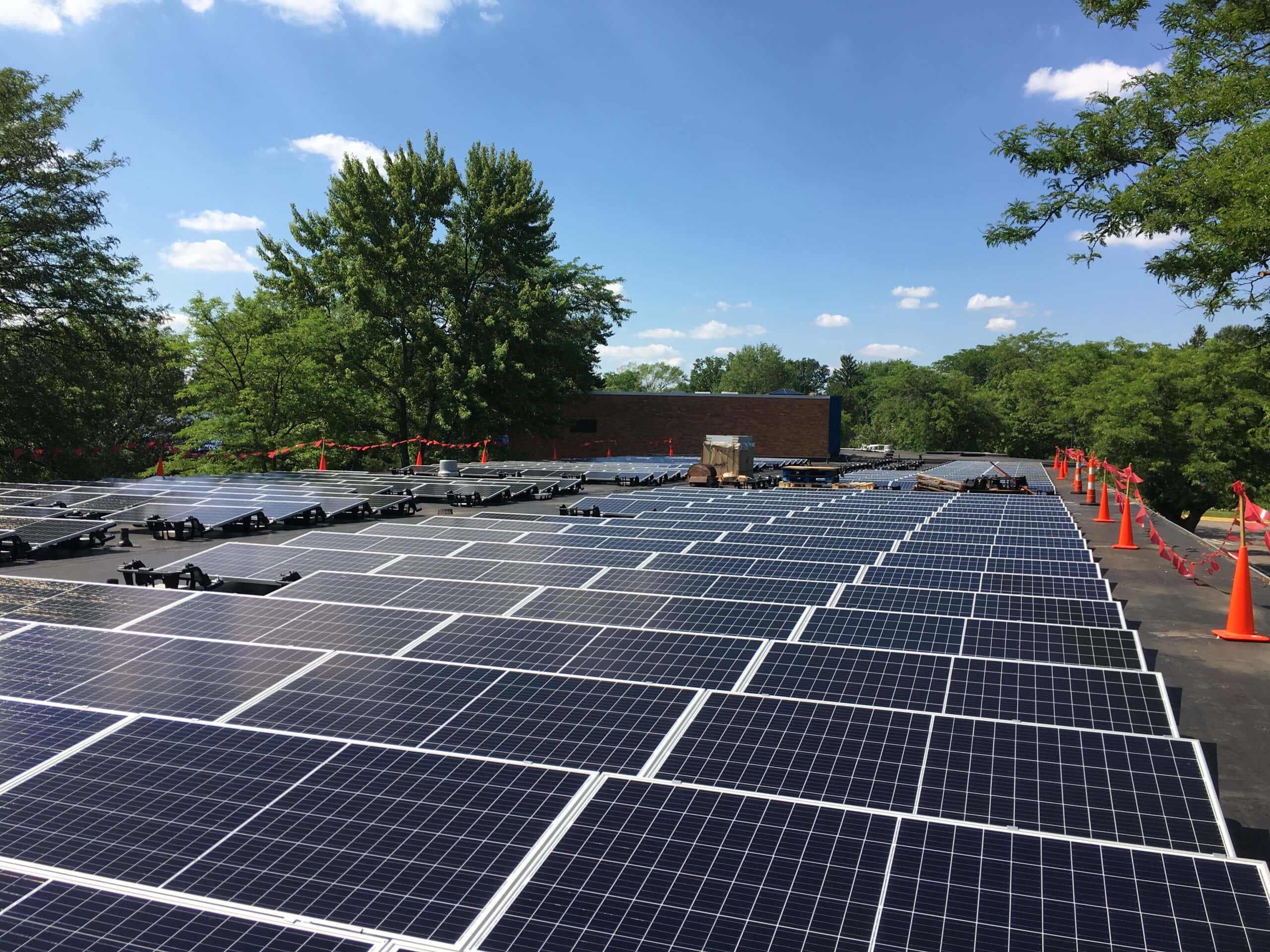
In 2022 the board of Ann Arbor Public Schools voted to incorporate Environmental Sustainability into district policy.
The district has embraced the “responsibility to help prepare current and future generations to respond to climate change through the reduction of harmful human activities, the promotion of human activities that restore the environment, and the development of strategies to adapt to climate change.”
AAPS is preparing students to become good stewards of the environment and contribute to climate resilience.
Environmental Sustainability Framework
Ann Arbor Public Schools has been involved in efforts to protect and restore the regional environment over the past several decades. In in recognition of the climate crisis, AAPS convened a taskforce which created the Environmental Sustainability Framework to renew, deepen, and align the district’s work to protect and restore the environment.
AAPS’s Environmental Sustainability Framework is a guide for the district’s goals contributing to climate resilience built upon the foundation of core values, shared commitments, and regional partnerships.
The Environmental Sustainability Framework is organized into three key focus areas that provide the underpinnings for “areas of action” that direct district goals and priorities:
- Environmental Education & Climate Literacy
- Responsible Operations, Maintenance & Construction
- Healthy & Sustainable School Campuses
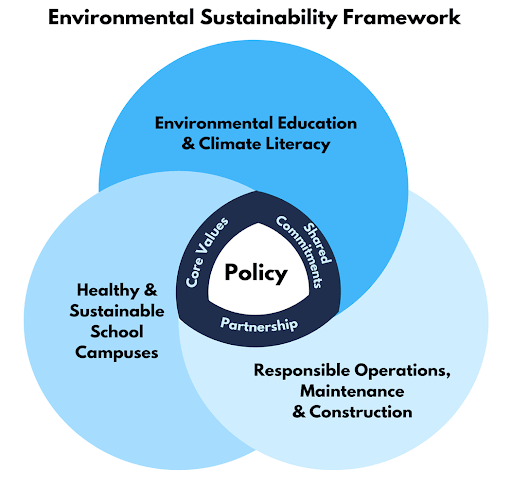
Download the Environmental Sustainability Framework Report
Ann Arbor Public Schools is committed to care for the environment, to model and achieve an environmentally sustainable existence. We demonstrate this commitment, both through our critical mission of educating generations of students as strong stewards of the environment, and also in living an environmental commitment with every decision across every area of the organization.
Download the ReportSustainable Infrastructure

Solar Arrays
Ann Arbor Public Schools is leading the state in solar energy. The district is the largest k-12 owner and producer of solar power, with 13 arrays at Bryant, Clague, Earhart, Forsythe, Haisley, Huron, Pattengill, Pioneer, Scarlett, Skyline, STEAM, Tappan and Westerman that generate 3.4 megawatts.
AAPS takes solar power to the next level by utilizing rooftop arrays. Rooftop solar arrays make use of underutilized building space, prevent loss of trees and greenspace which occurs from many ground-level solar arrays, and redirects heat and sunlight from breaking down roofing materials into creating clean, renewable electricity.
Electric Buses
AAPS is in the process of exchanging diesel buses for electric school buses to meet the goal of ending direct emissions by 2035. Operating electric buses that are charged with renewable electricity doesn’t create carbon emissions. Ann Arbor Public Schools is a member of DTE’s MIGreenPower initiative where the district accesses electricity generated by renewable resources, such as wind and solar to reduce (and eventually eliminate) the indirect emissions caused by producing electricity.
Electric busses provide students with a better school transportation experience through improved air quality, quieter ride, rapidly adjustable climate control, and easy to use seatbelt systems.
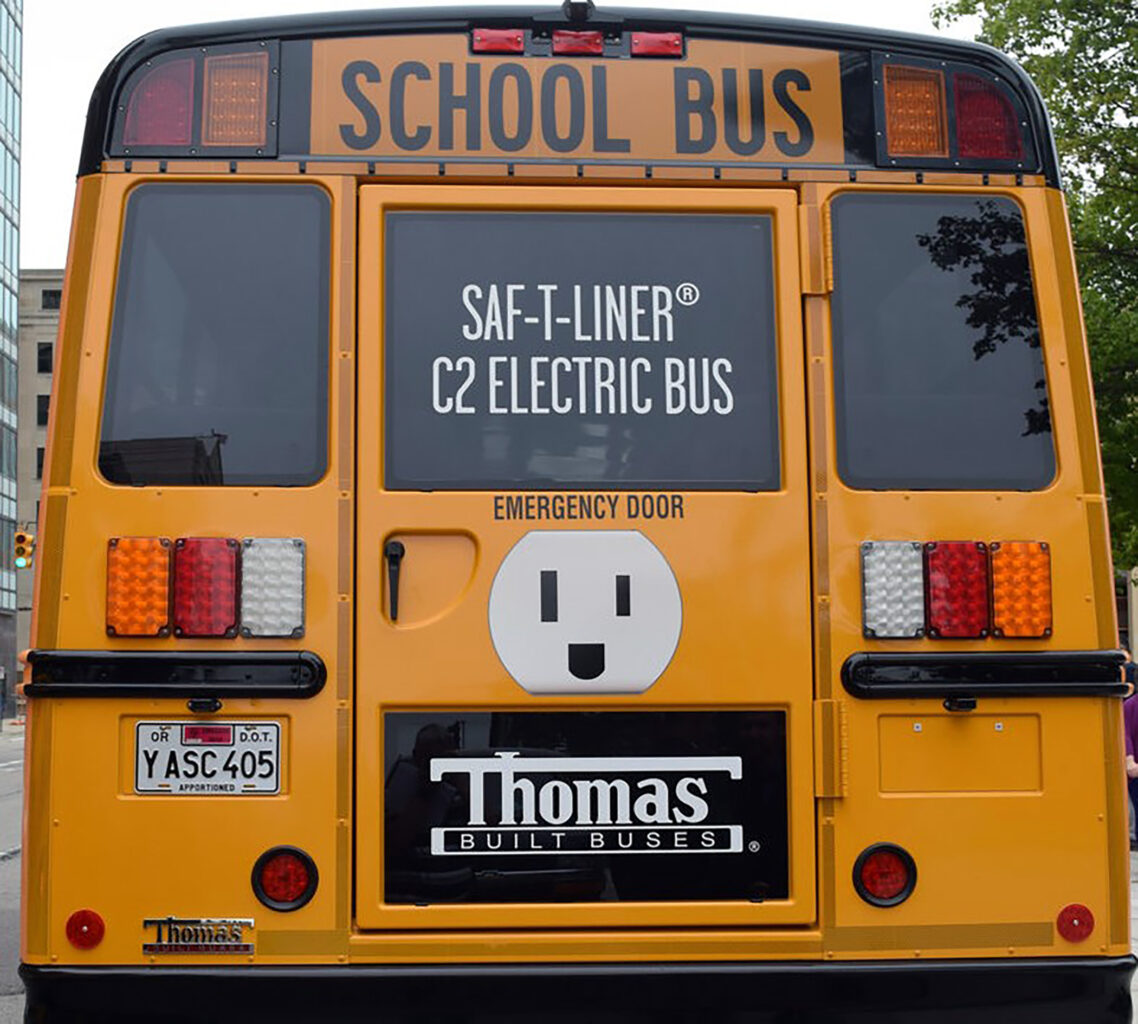
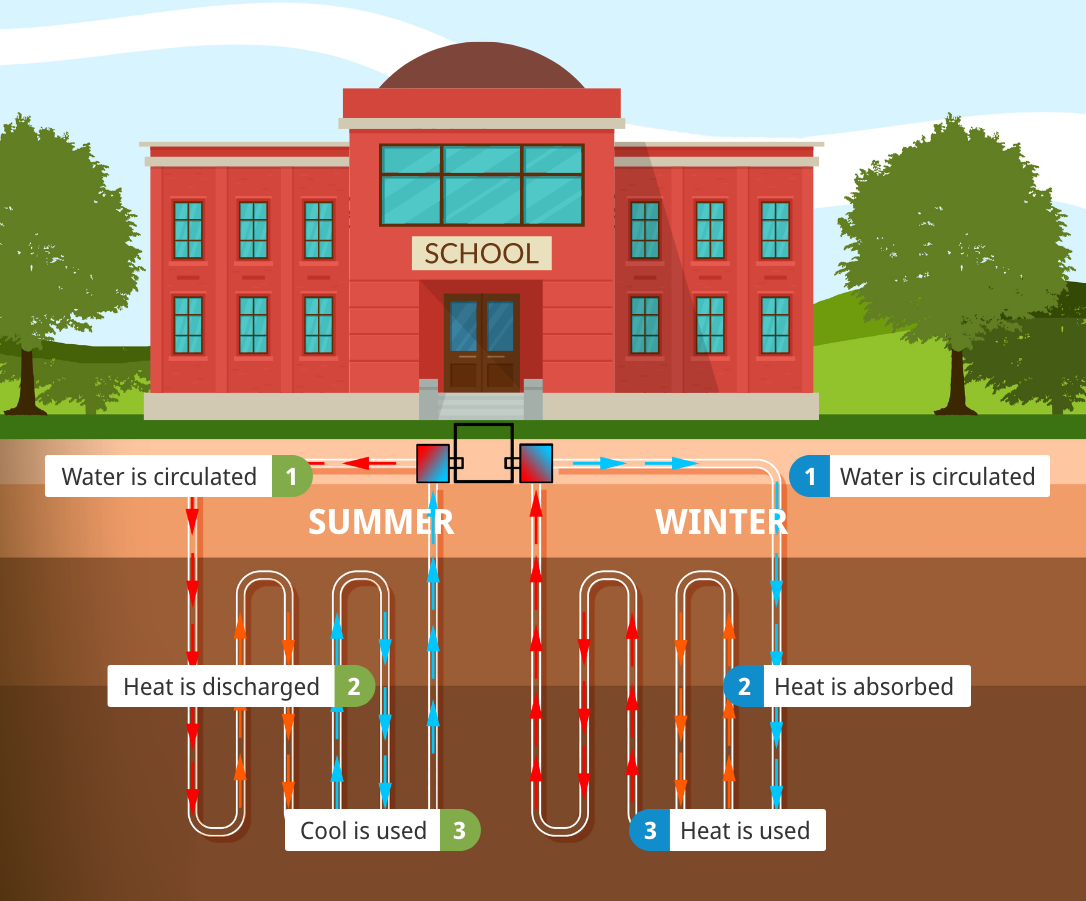
Geothermal Energy
Harnessing the power of the Earth’s stable underground temperature, Geothermal heating and cooling systems transform sustainable climate control. In geothermal systems, heat is exchanged underground and stored for use. This method maximizes energy efficiency and minimizes environmental impact by keeping heat within the Earth rather than releasing it into the atmosphere.
Geothermal climate control systems provide an environmentally friendly and cost-effective alternative to traditional HVAC systems powered by fossil fuels, chemicals, and massive amounts of electricity.
Healthy Buildings
A growing body of research is demonstrating a direct correlation between the built environment and student academic performance.
This research is exploring the relationship between student health, student thinking and ultimately how this impacts student performance.
A clearinghouse for this research is curated by Harvard’s School of Public Health and can be found here: https://healthybuildings.hsph.harvard.edu/research/schools/
With each new construction project and major modernization, the AAPS is pursuing the Collaborative for High Performance Schools (CHPS) designation of Verified Leader.
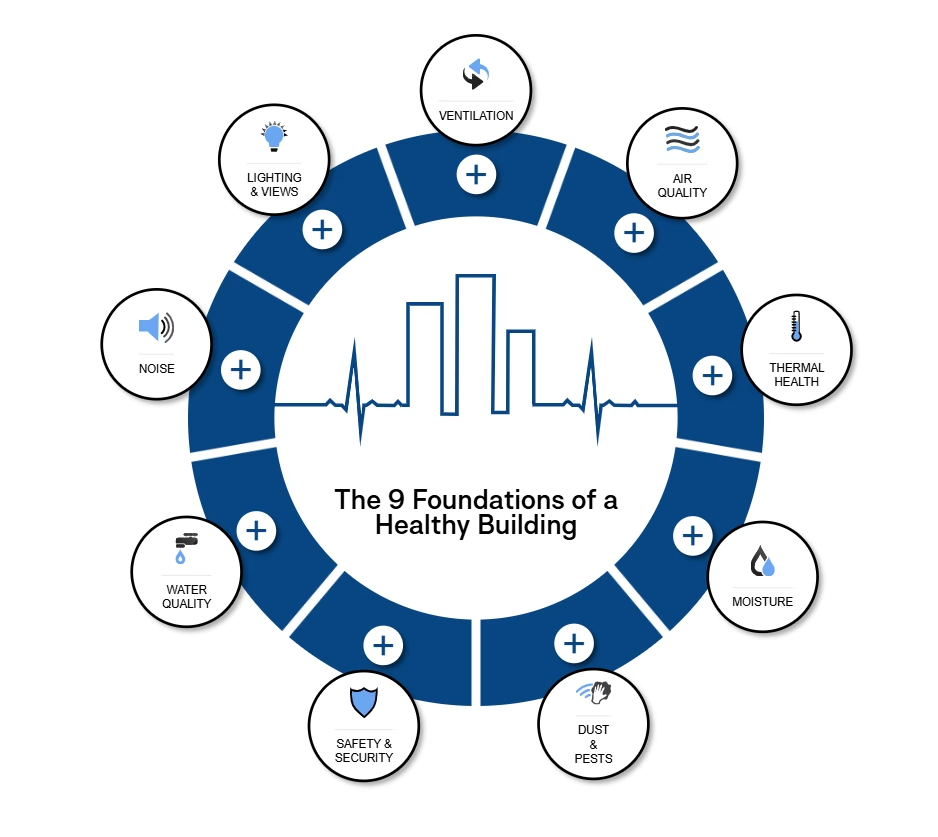
- CHPS is a national organization and building rating system that helps schools design, build, and operate healthy, energy-efficient, and environmentally sustainable educational facilities.
- CHPS has established criteria based on evidence and best practices that form the foundation of every healthy, high performance school. The criteria are structured around three priority outcomes:
- Maximize the health, well-being, and performance of students, educators, and staff.
- Conserve energy, water, and other resources to minimize greenhouse gas emissions and reduce operating costs.
- Practice good environmental stewardship within schools to achieve community social and environmental goals.
- Geothermal Heating, Cooling & Ventilation system with over 100 wells at apporx. 500 ft deep will further reduce the GHG emissions. The Geothermal well field producing roughly 265 tons heating / 425 tons cooling load
- A permanent educational display will be created in a central location on the school site that describes key high performance features such as enhanced indoor environmental quality, energy, water, site, materials & waste, or climate resilience that are part of the building and site
- Low carbon structural and other major materials were selected through an assessment of embodied carbon using a whole-building life-cycle assessment (WBLCA) calculator. Low carbon materials will be used in many of the following categories: – Concrete – Steel – Timber – Metal framing – Glazing – Insulation – Interior materials: Gypsum board, wall & ceiling panels, carpet, flooring
- No CFC-based refrigerants will be used in building heating, ventilating, air conditioning, & refrigeration (HVAC&R) systems.
- The building meets the criteria for zero net energy in EE C1.1. and is designed to meet have 75% of the floor area within a daylit zone
- The design incorporates multiple biophilic features, including: Nature in the Space (physically experiencing nature), Nature of the Space (spatial configurations), Natural Analogues (nature-inspired elements).
- Provides a minimum of two interior or exterior features that create safe and calming spaces, provide sensory input, or contribute to a sense of community.
- The HVAC system is designed to provide continuous outdoor air (OA) ventilation to each space down to the individual room, during occupied hours, including all full- and part load conditions. The outdoor airflow shall be no less than 130% of the value determined in accordance with the ASHRAE 62.1 ventilation rates
- Radon reduction measures will be installed, and may include: soil gas barrier, gas permeable layer, and vent pipes for fan activated radon removal systems
- For all regularly occupied spaces, a daylight responsive electric lighting control system or control plan will be implemented for the daylit spaces
Resources:
The USGBC’s Center for Green Schools released the following report: https://www.usgbc.org/resources/green-schools-health-districts-roadmap-leed-health-process-green-schools
https://chps.net/resource-library
https://www.epa.gov/iaq-schools/indoor-air-quality-tools-schools-action-kit
By utilizing underground thermal mass, geothermal systems maintain consistent temperatures year-round, and significantly lower the carbon footprint.
Casimir Zalewski Senior Principal of Buildings at Stantec
Energy Efficiency
Ann Arbor Public Schools is increasing the energy efficiency of school buildings by switching to LEDs for lighting, using Geothermal and other efficient systems for climate control, or using touchless sensors for sinks and light switches. Using efficient systems means that the district can meet the growing needs of the district for high quality lighting, heating, cooling, ventilation, and technology access, while using proportionately less electricity.
AAPS has developed a partnership with the Washtenaw 2030 district to track energy consumption data through Energy Star Report Portfolio Manager. Every district building’s energy use is measured by this system and the reports generated give the district’s staff, administration, and board the needed data to understand how both small and large changes affect the overall energy profile of the buildings.
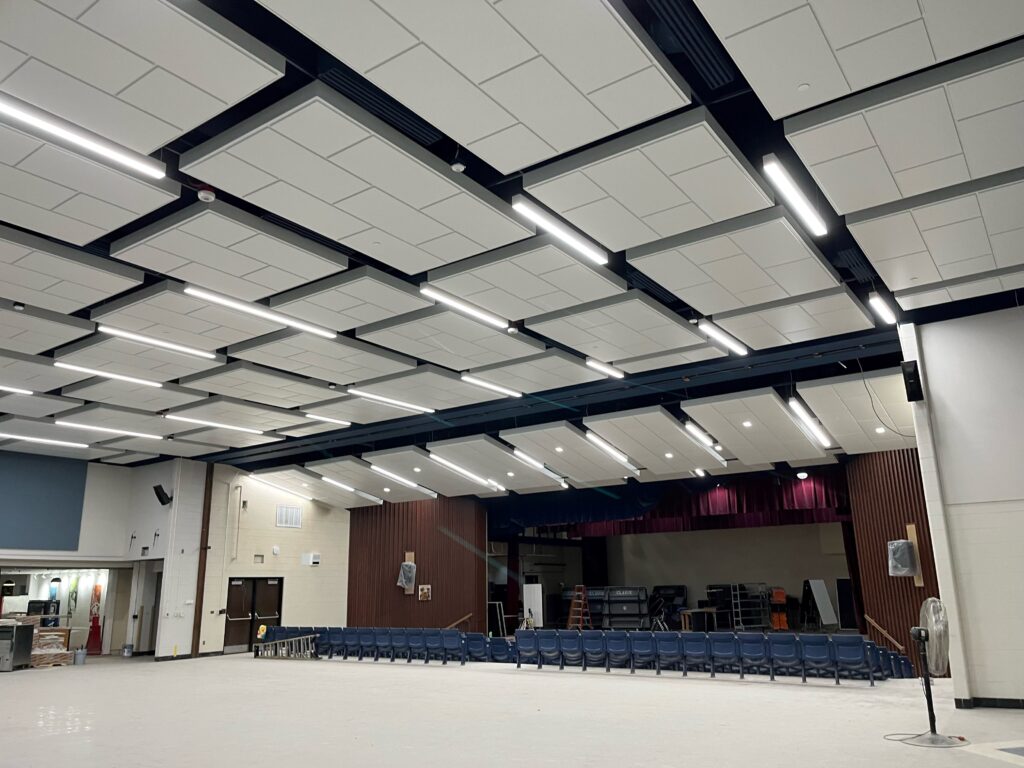
Environmental Conservation
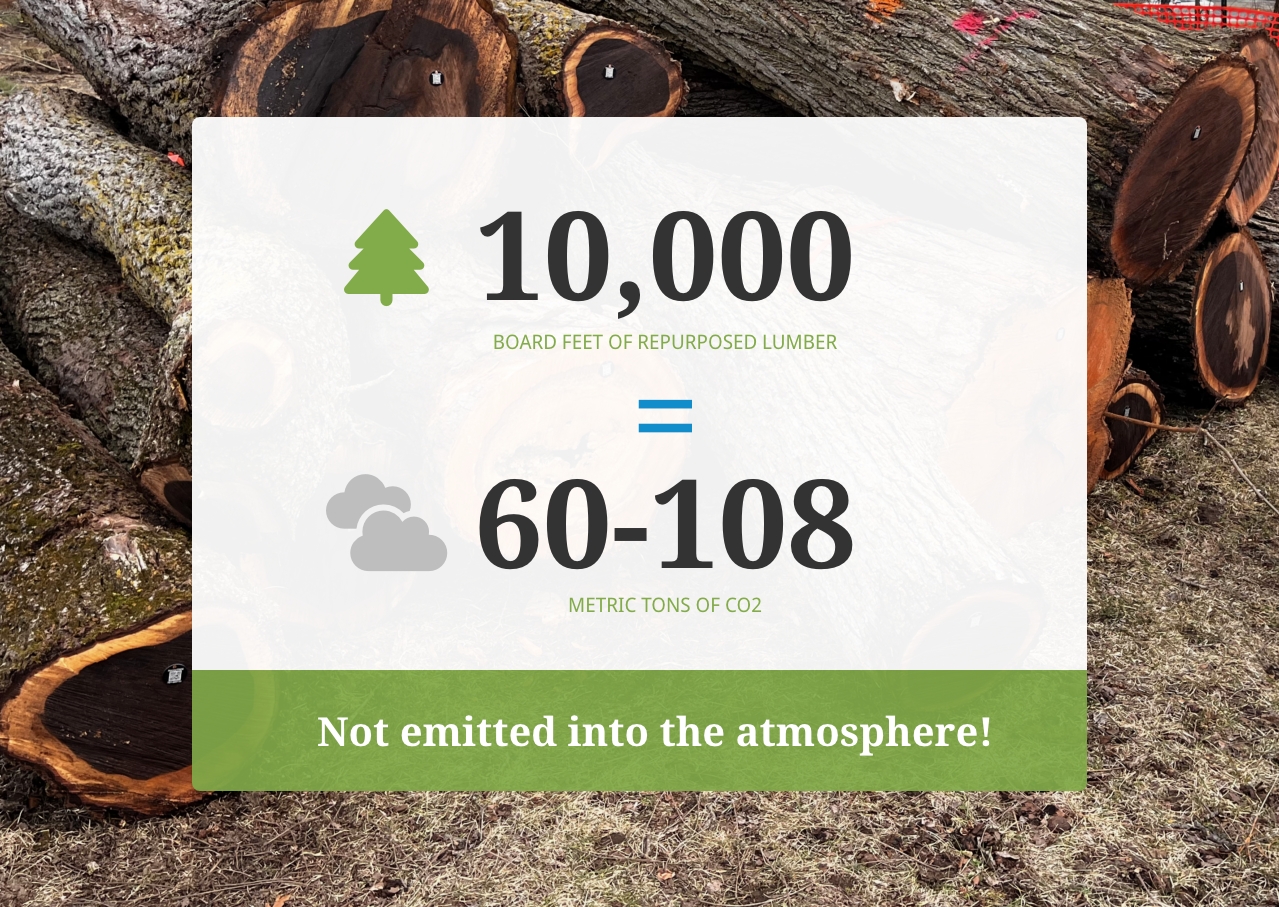
Tree Repurposing
AAPS prioritizes protecting healthy, native trees on school campuses. When trees have to be removed, the district has built a partnership with local organization Urban Ashes to repurpose wood from lost trees. AAPS anticipates using repurposed wood in new construction and renovation projects as building components, trim, decorative elements, furniture, and educational displays.
Environmental Education
AAPS’ Environmental Education (EE) Program has been expanding in-classroom learning since 1960. Using lessons designed to support and enhance classroom curriculum for grade-level science, the EE Program inspires students to become good stewards of the environment. EE provides meaningful learning experiences that strengthen students’ understanding and skills to protect the earth both now and into the future.
